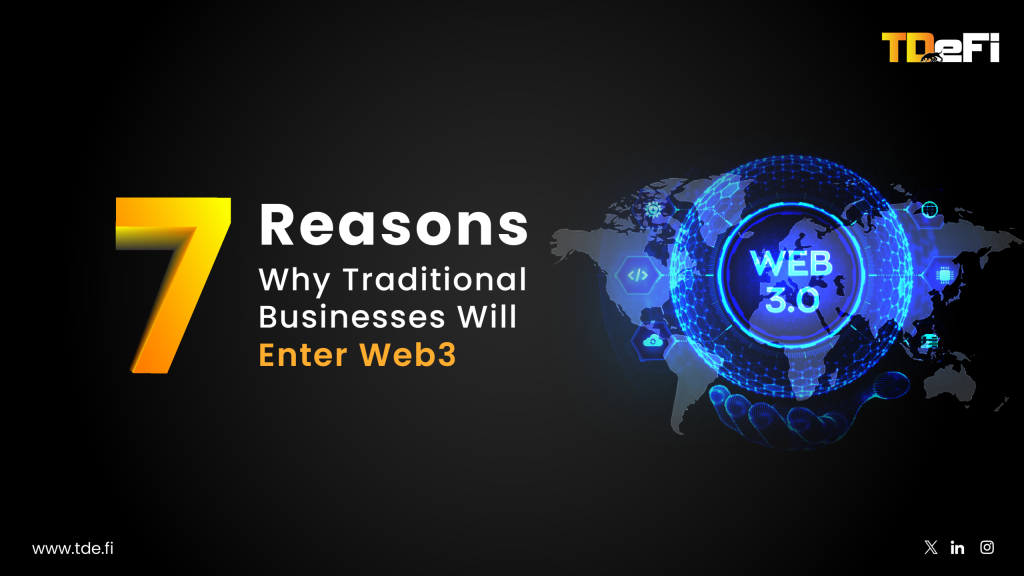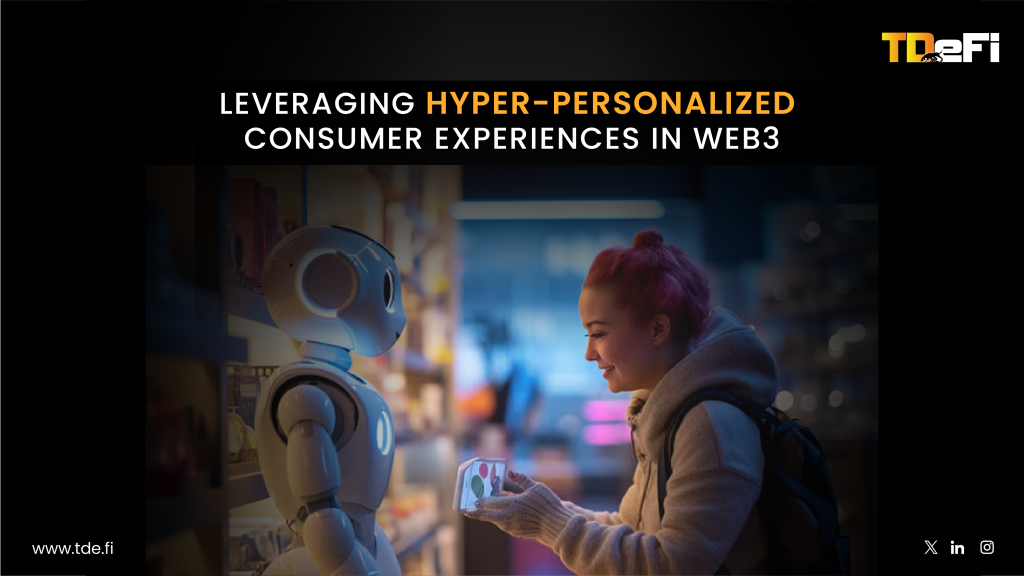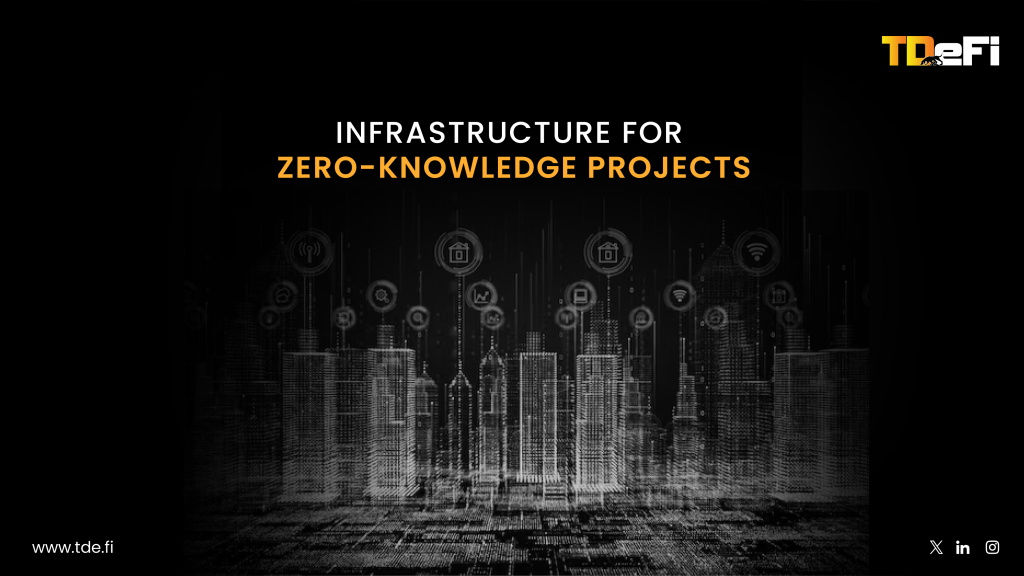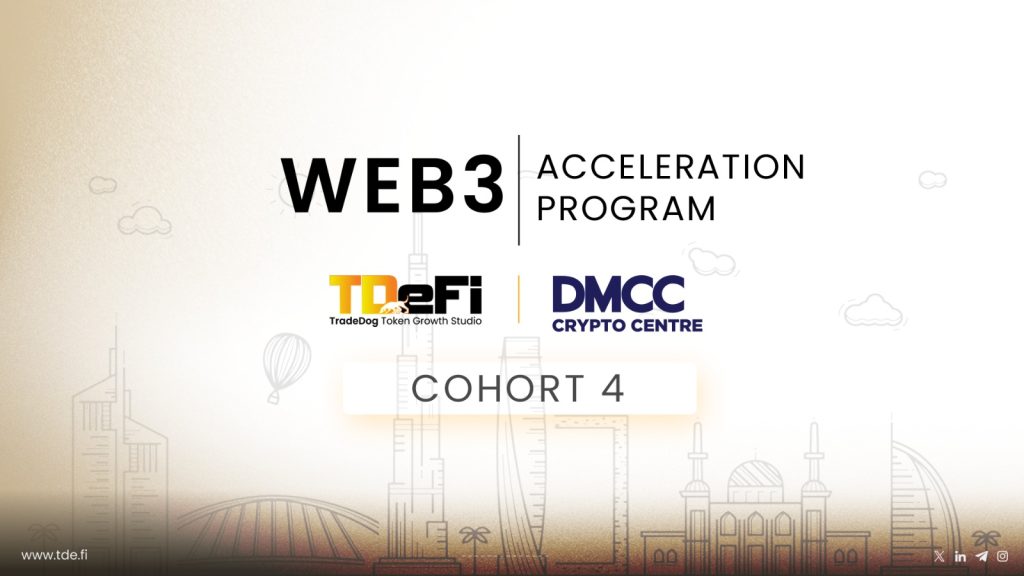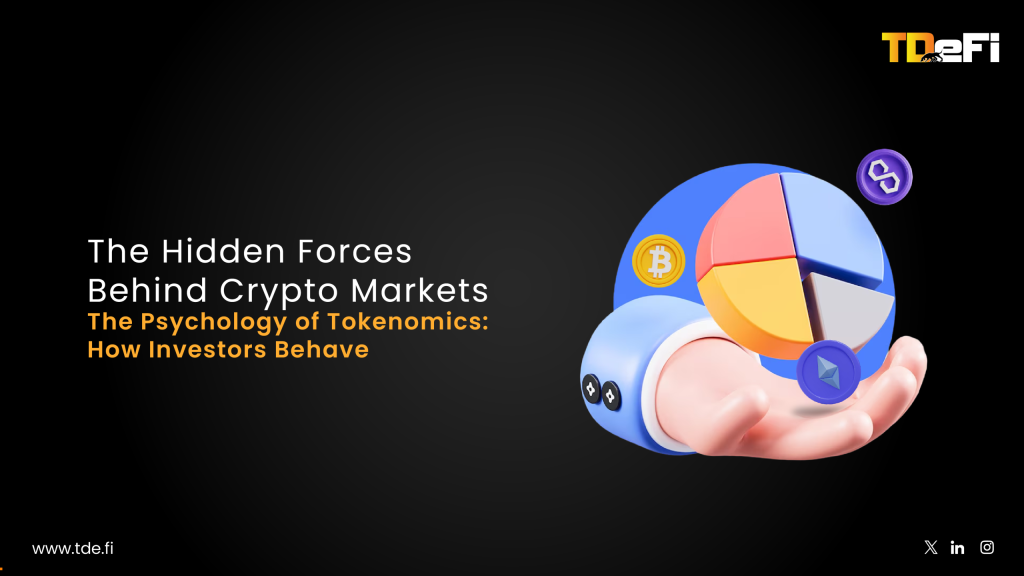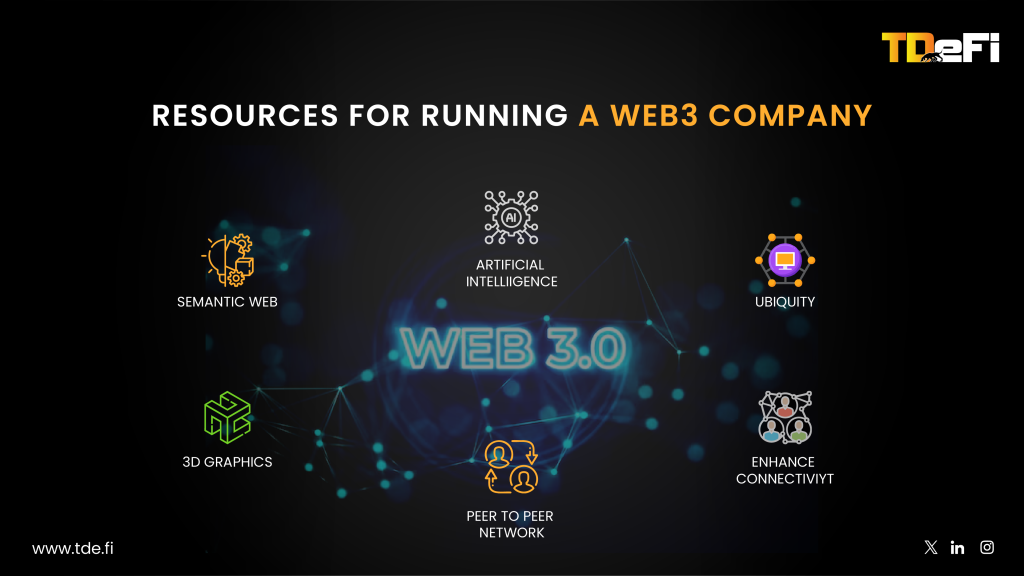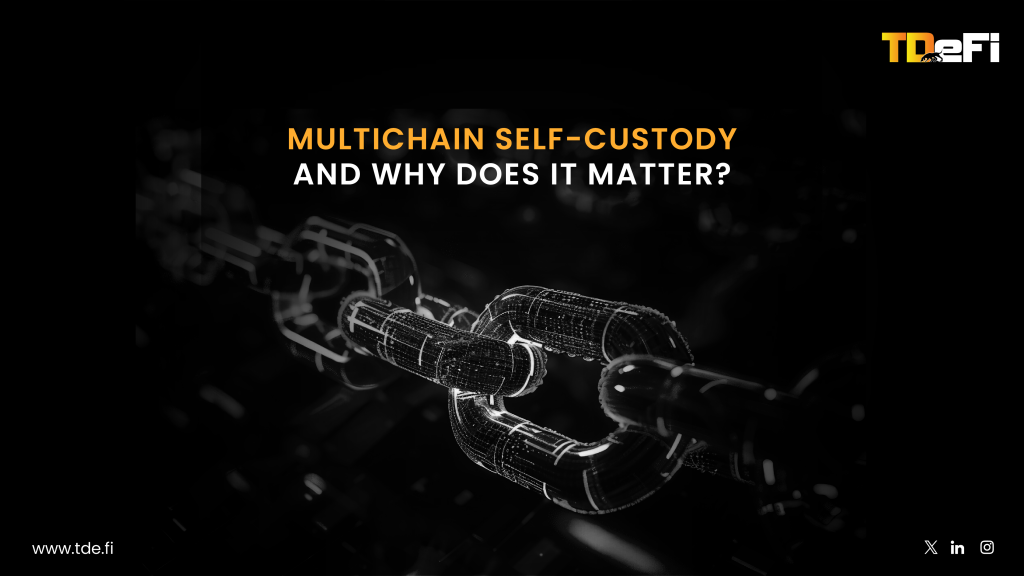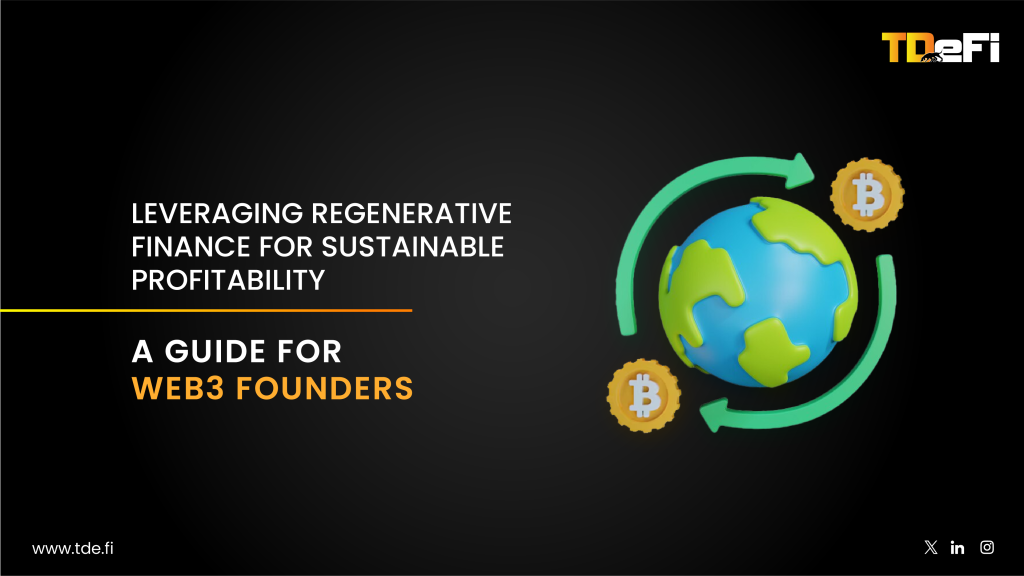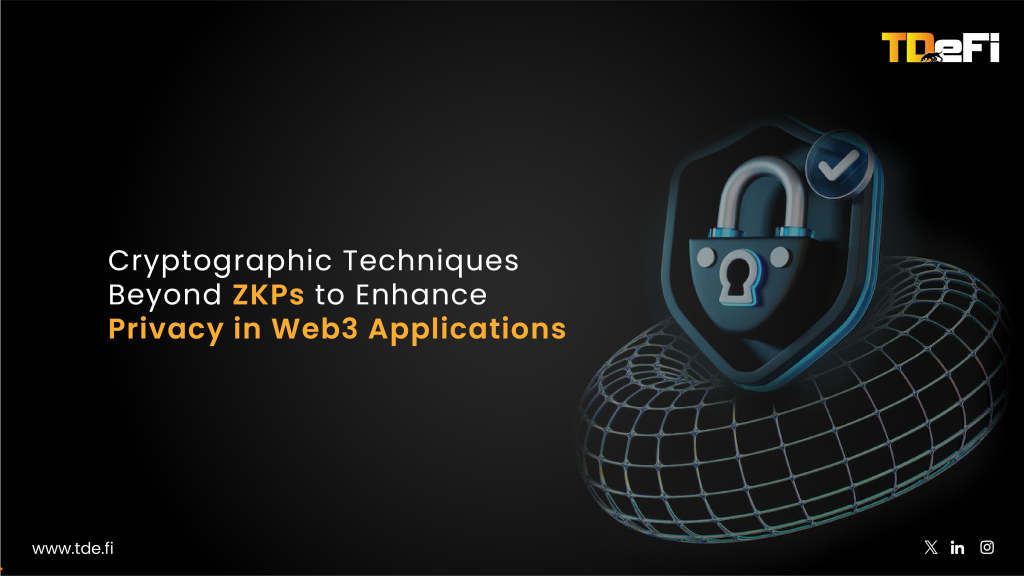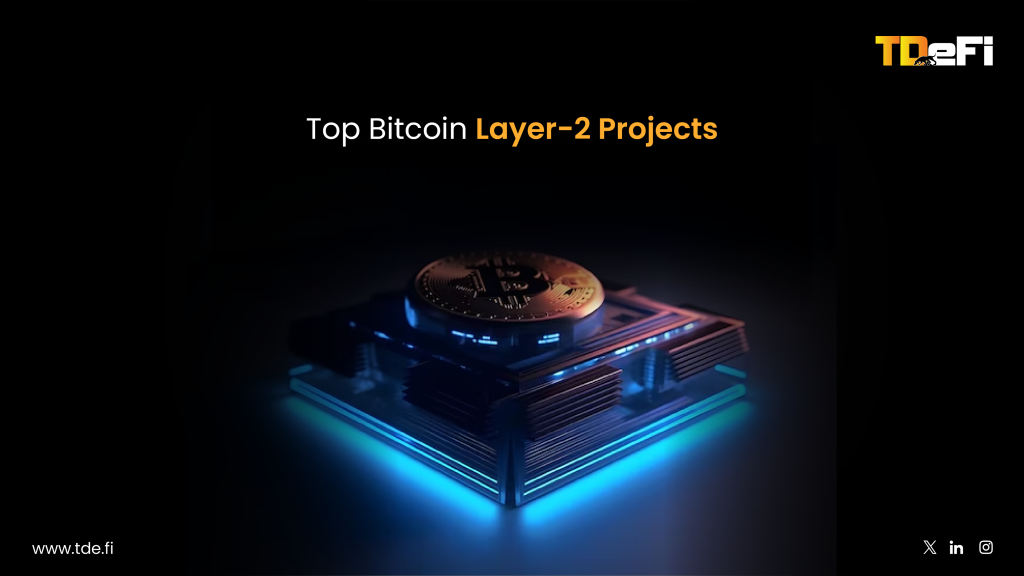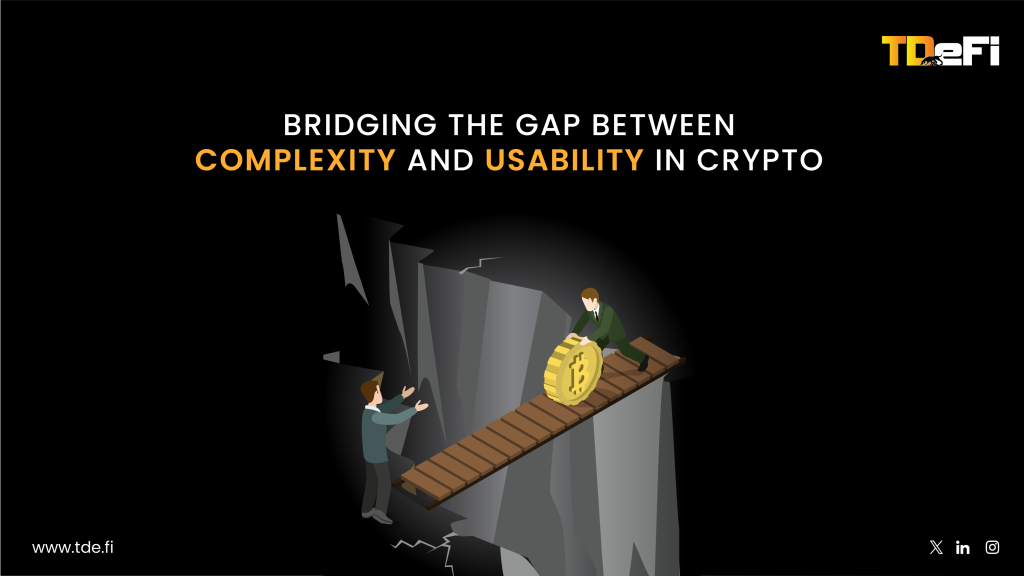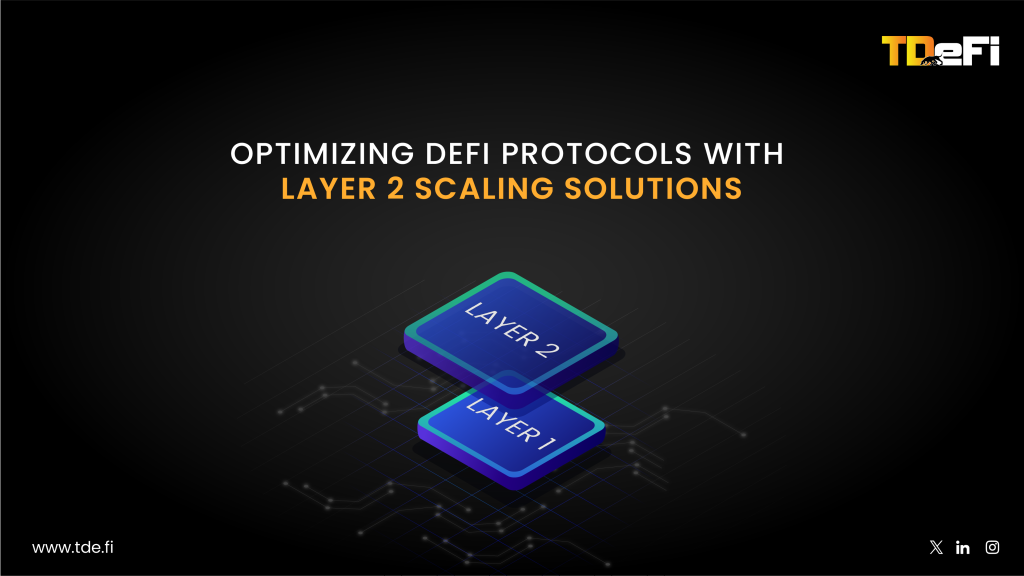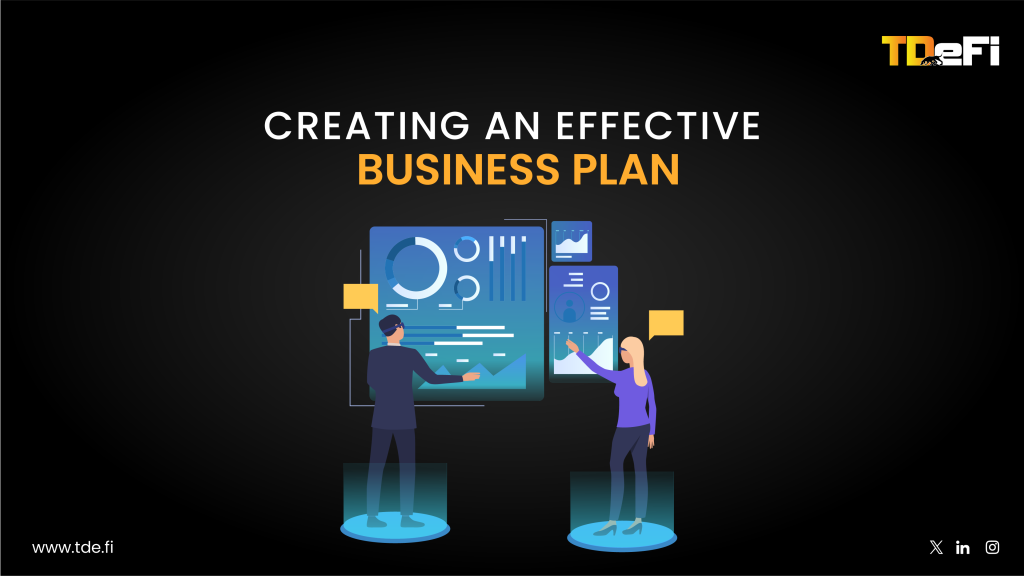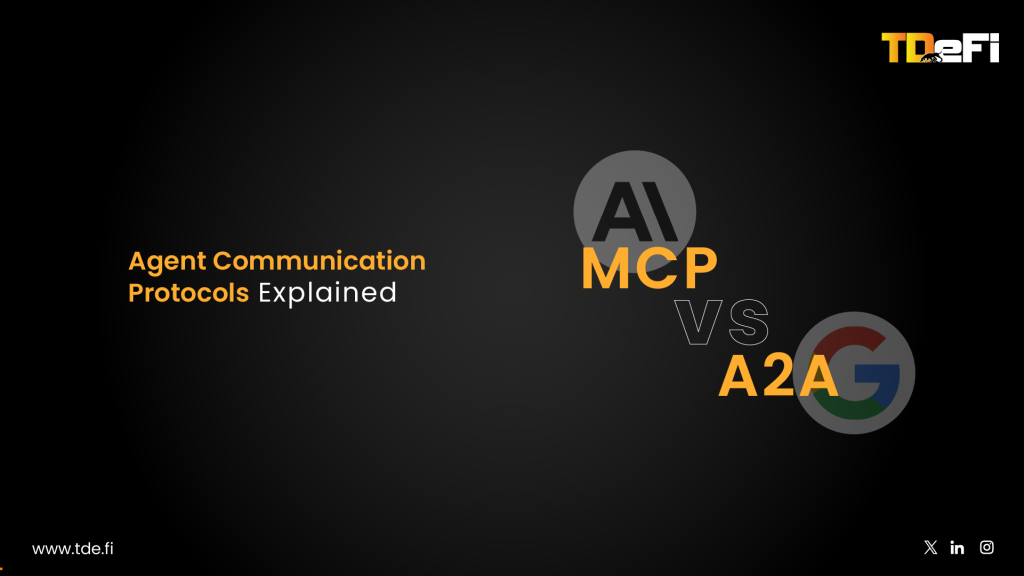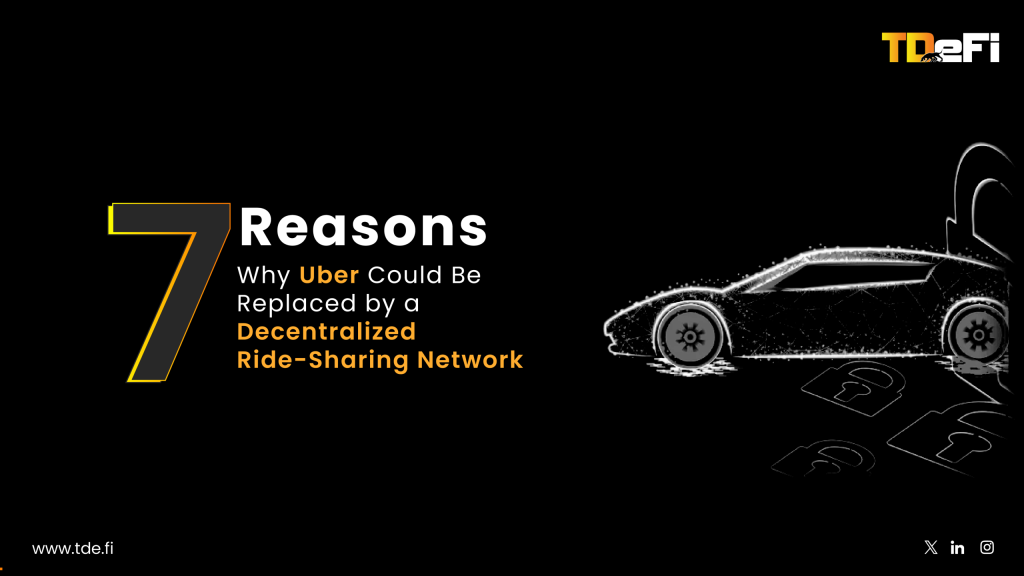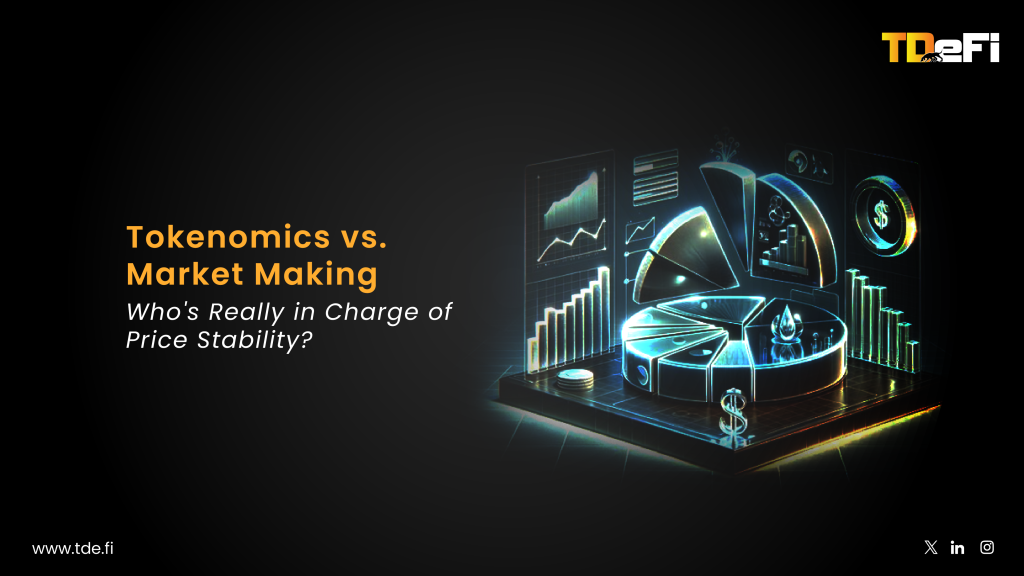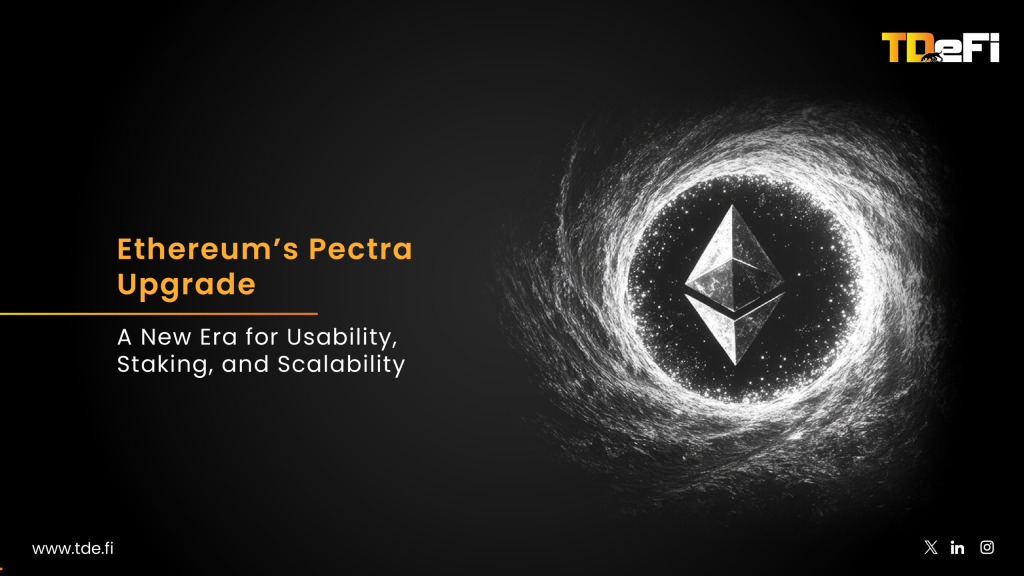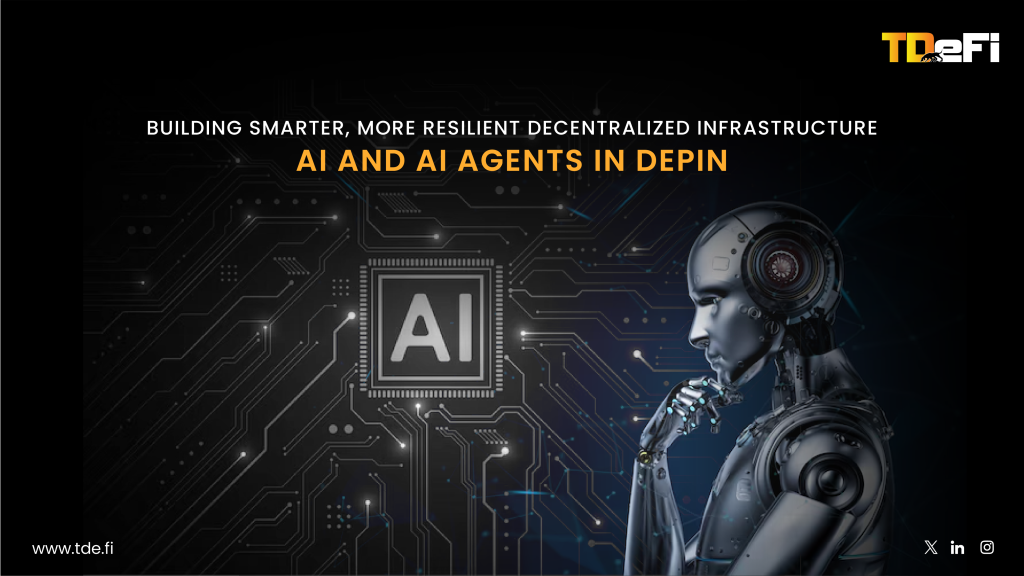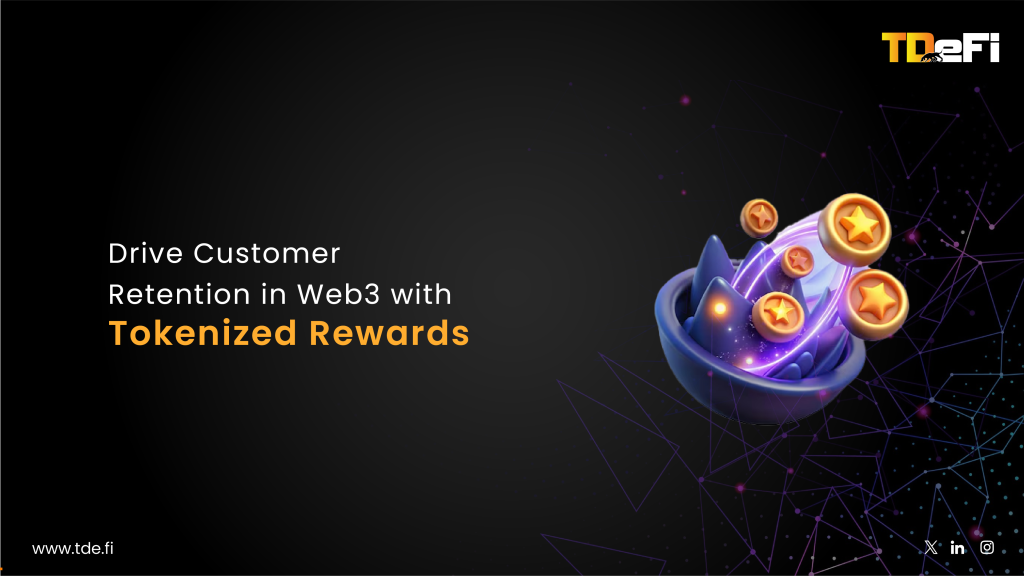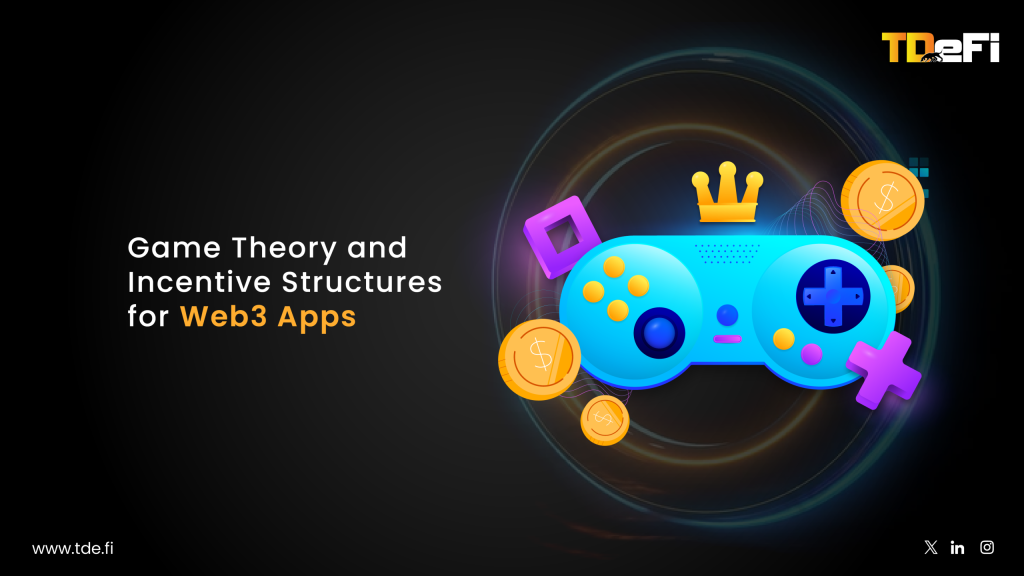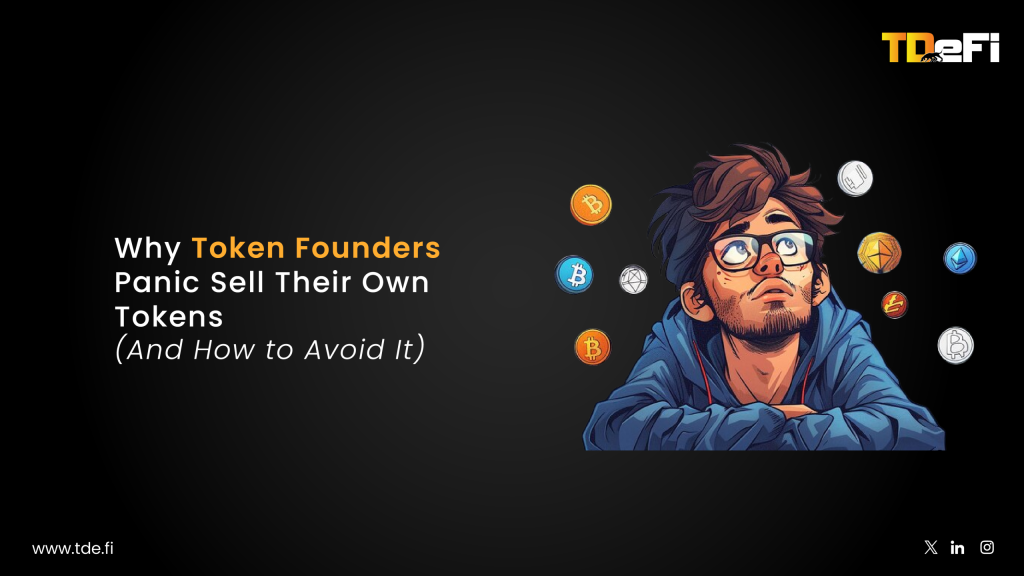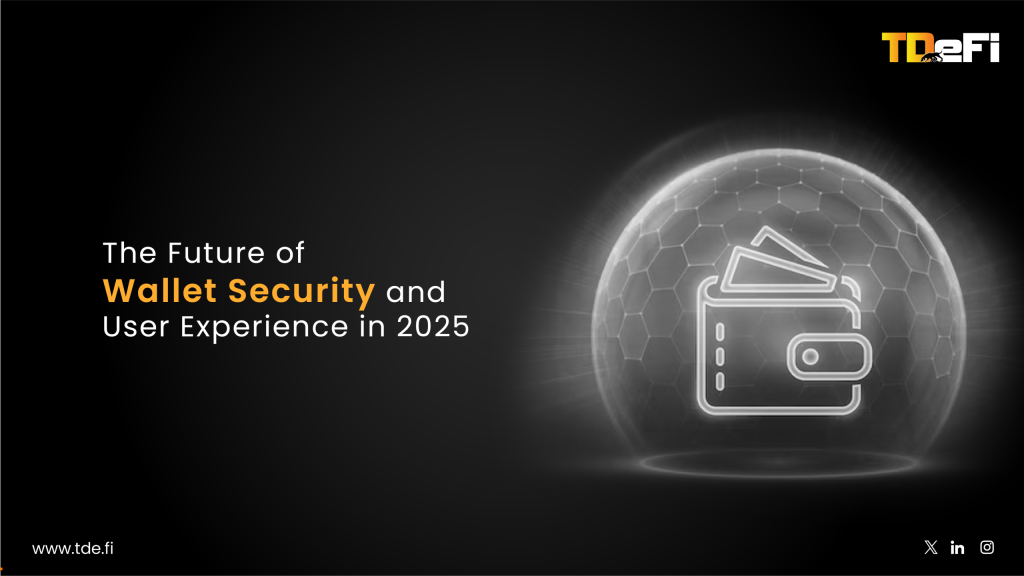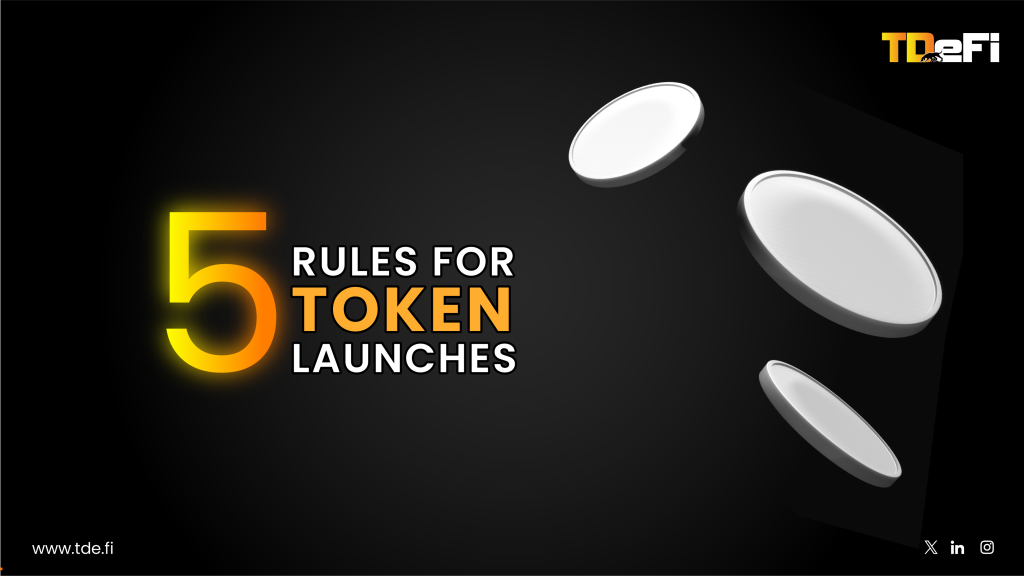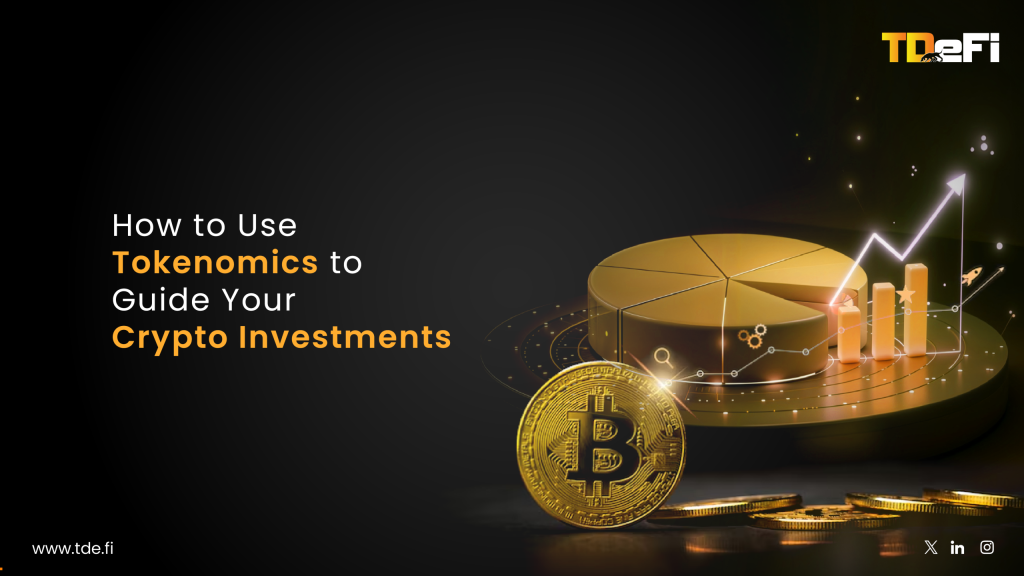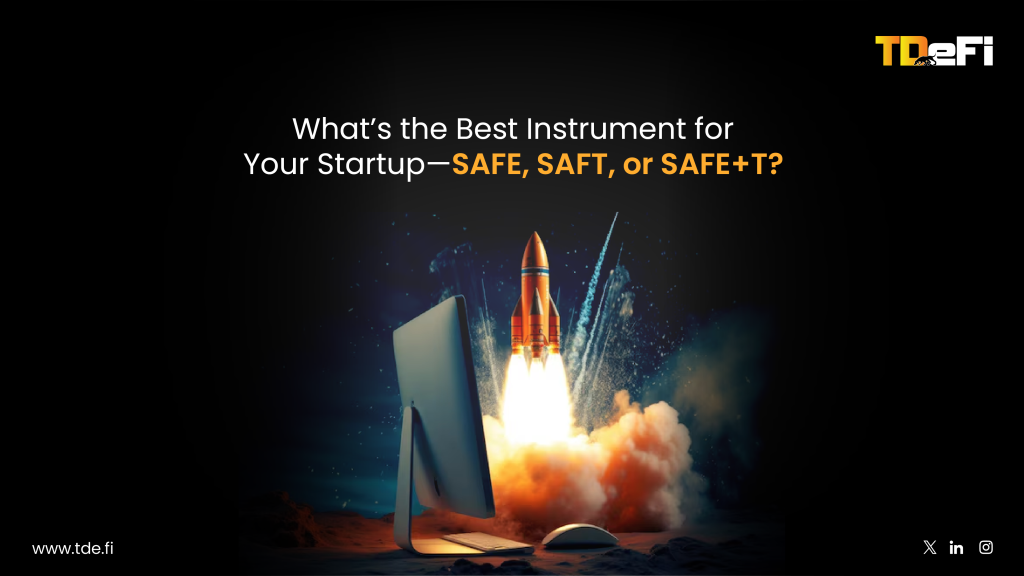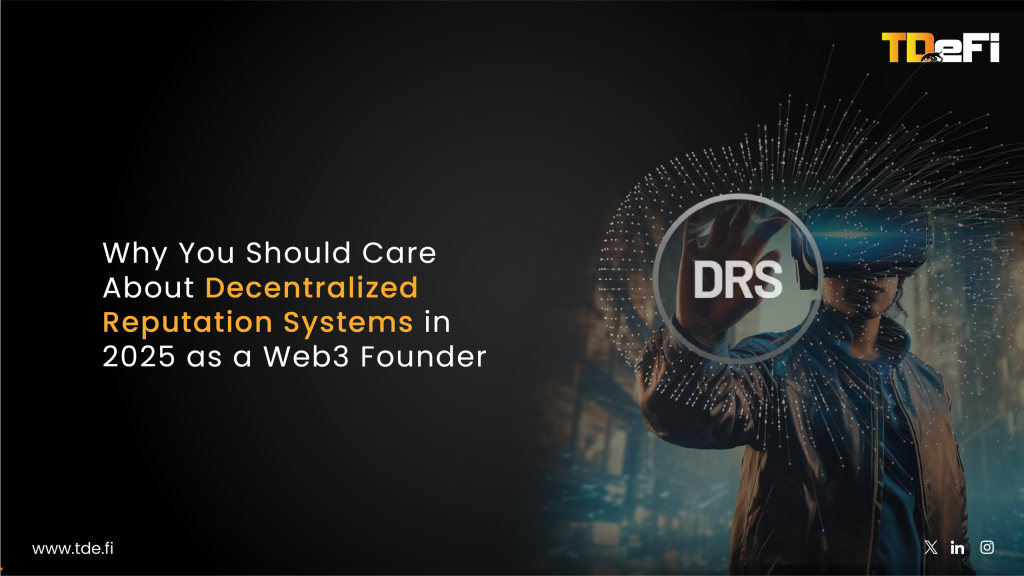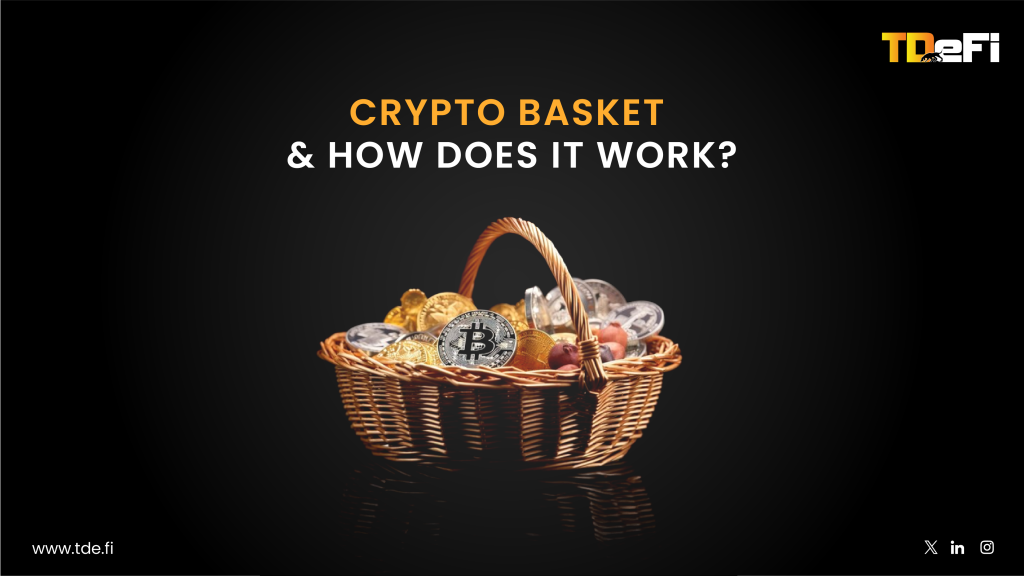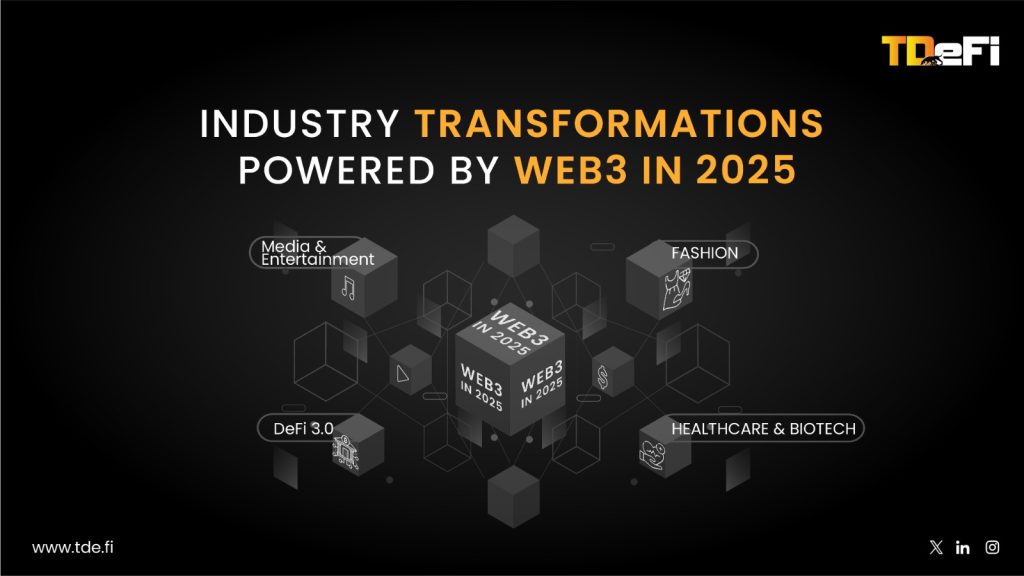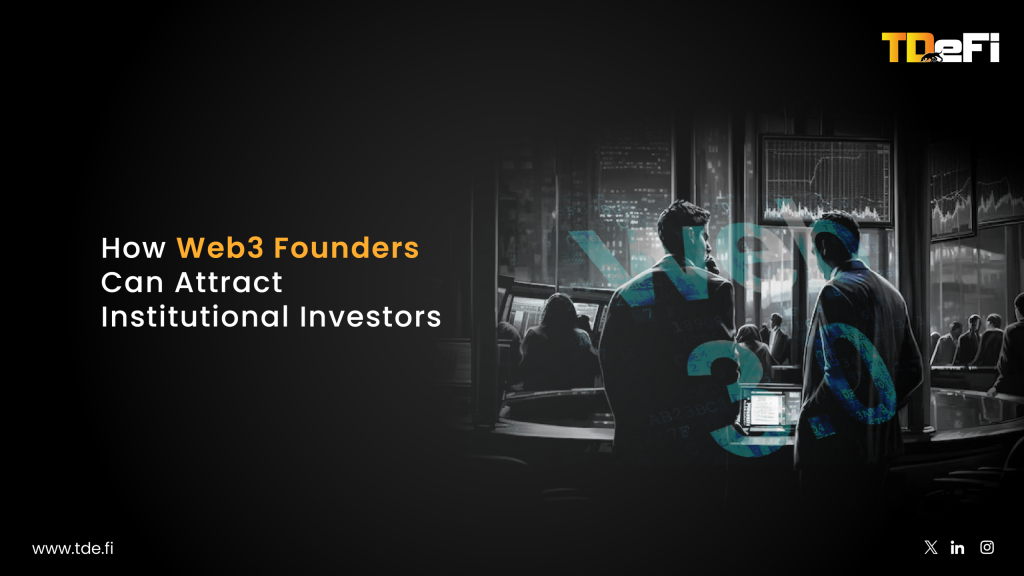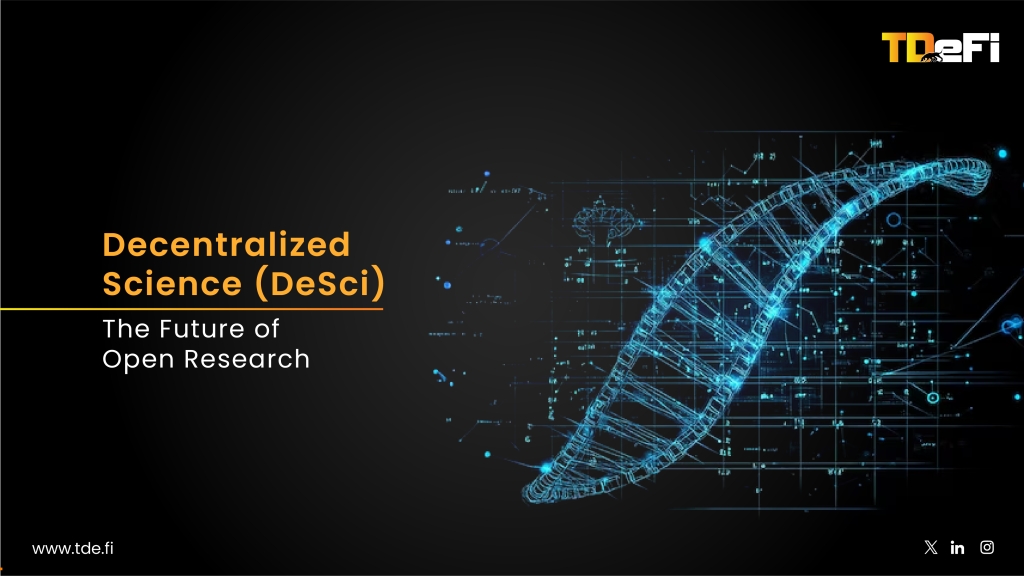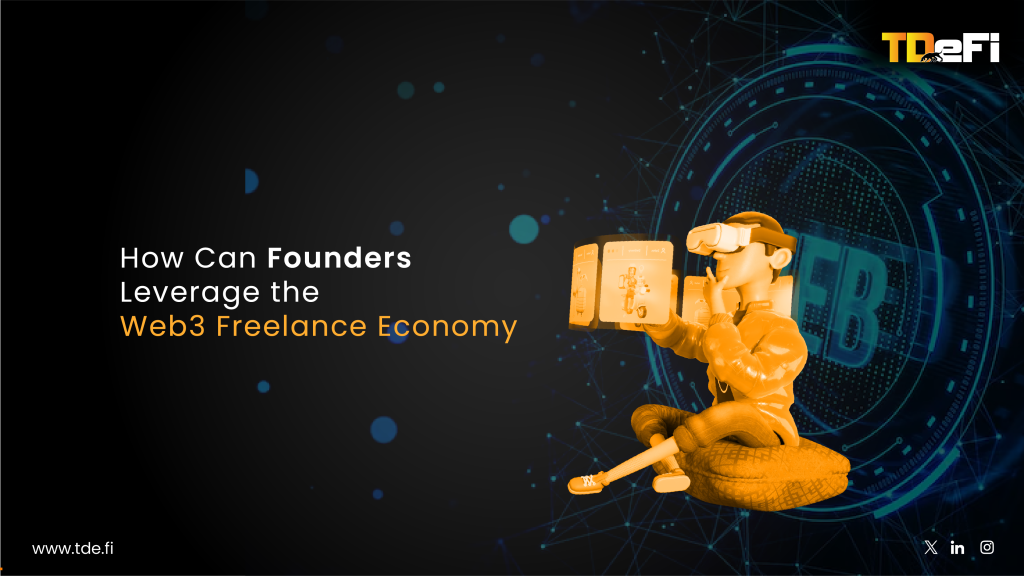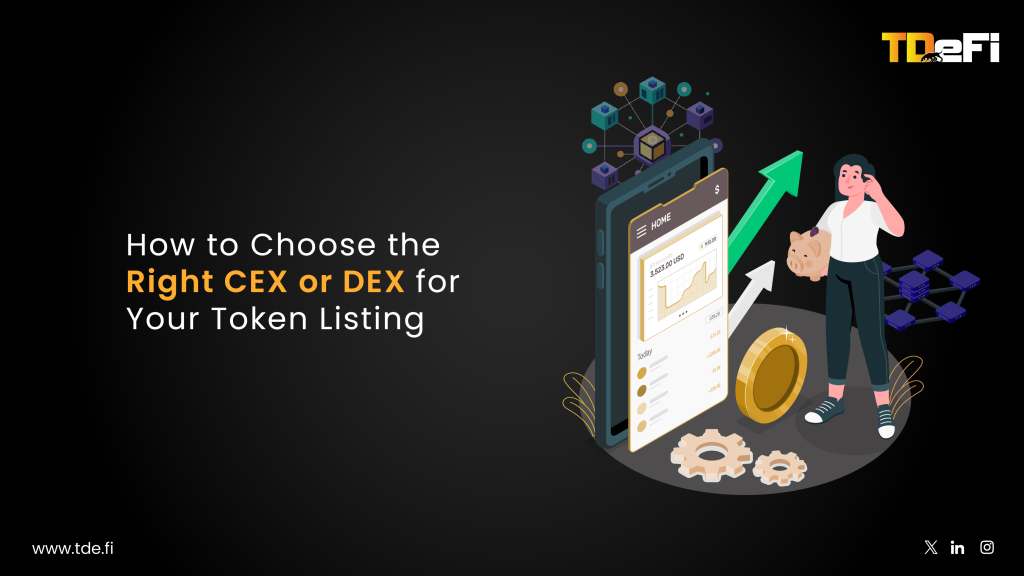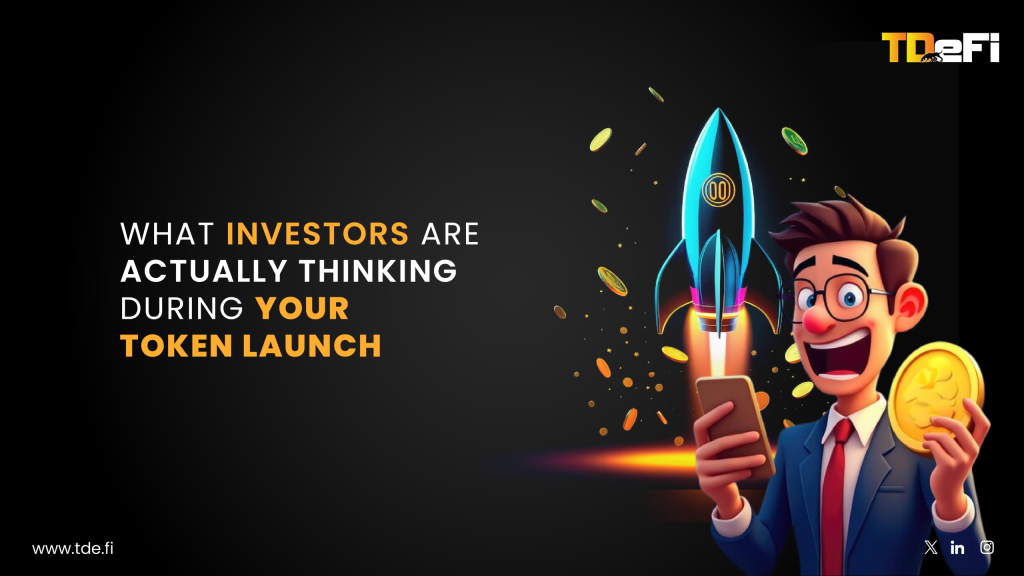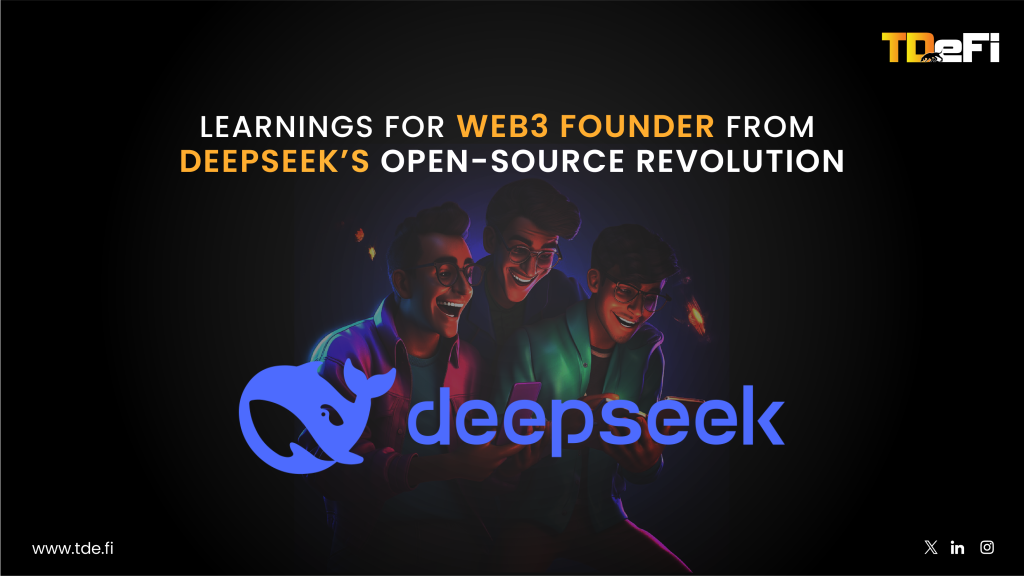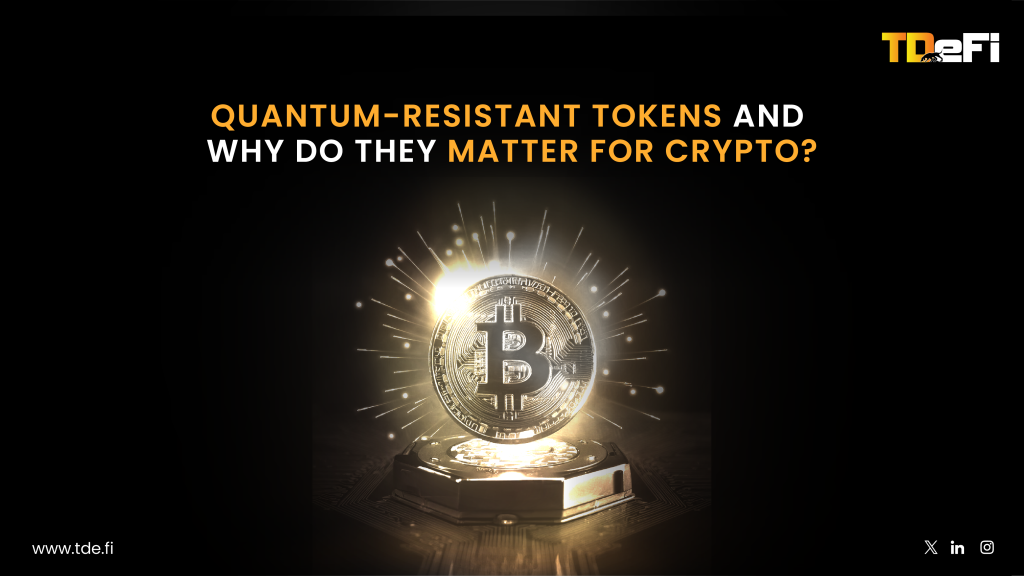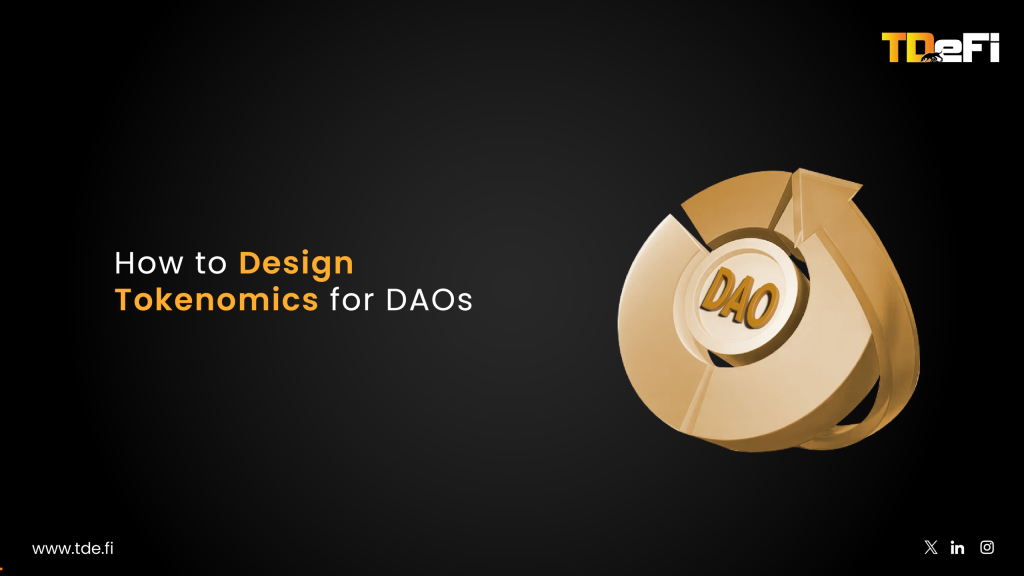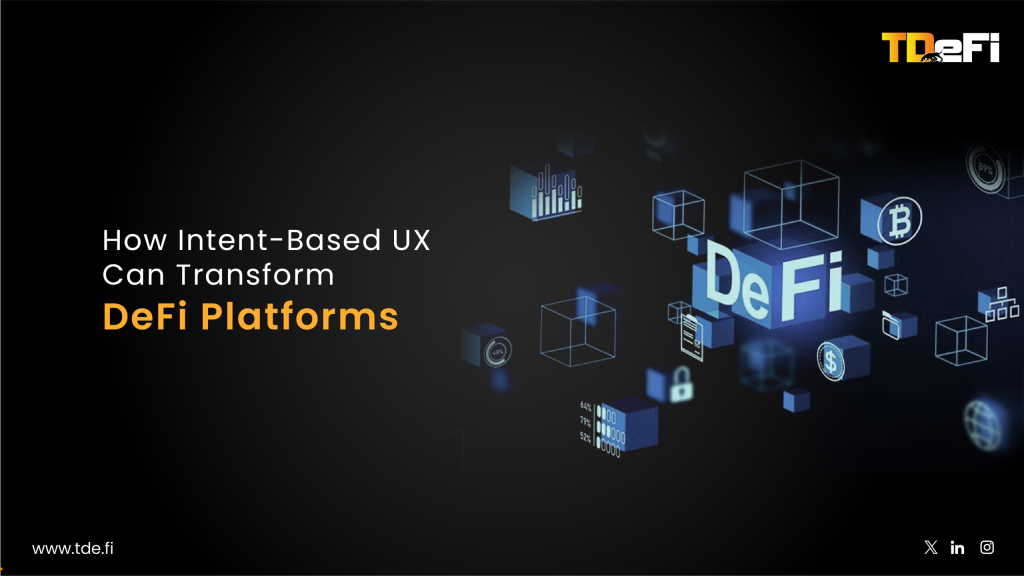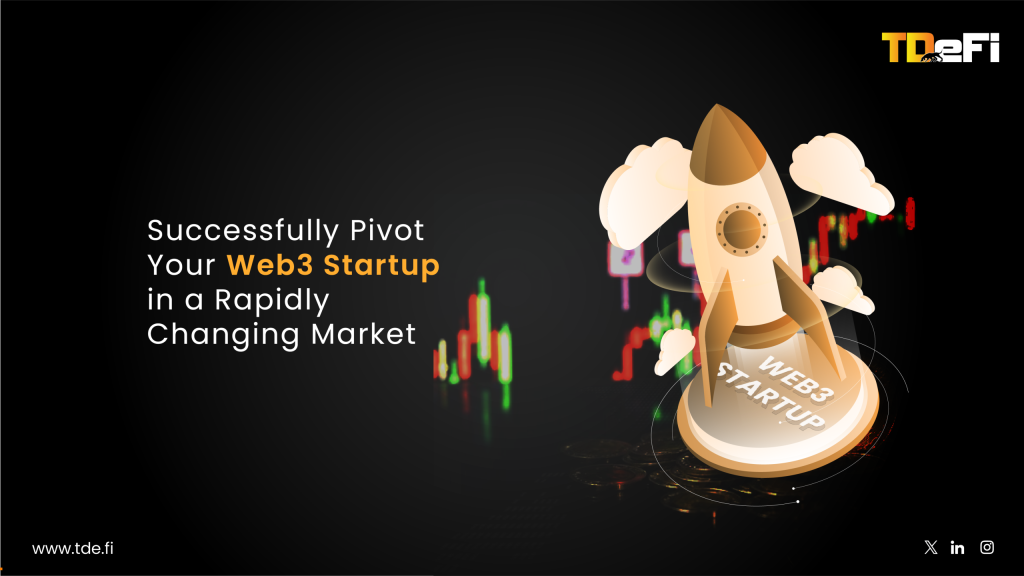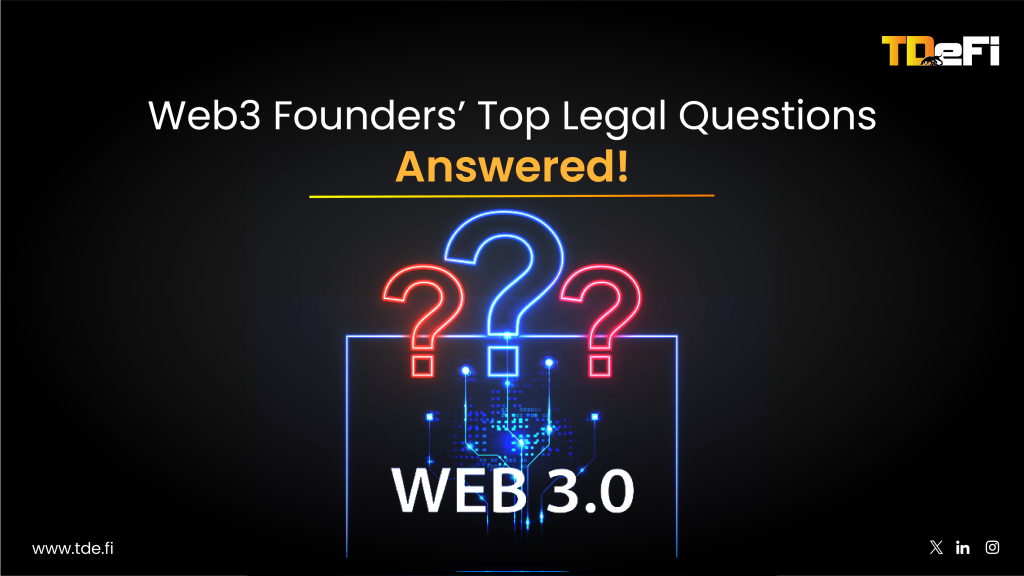TL;DR
Most crypto projects talk about aligning incentives, but few actually rewrite the rules. Virtuals Protocol is a new economic substrate for Web3, where AI agents become co-owned, revenue-generating businesses and builders finally get paid for what they create, not just what they hype. If you want to see what happens when you combine the best of open-source, programmable money, and the agentic internet, read on.
Introduction
Every breakthrough in tech is fundamentally a breakthrough in incentives. The internet outgrew AOL because it let anyone build a website. Bitcoin flourished because it paid strangers to secure a network. DeFi exploded because it turned users into liquidity providers. But most of Web3’s AI projects are still running on old rails–leveraging extractive launches, insider allocations, and masquerading speculation as innovation. Virtuals Protocol is different. It’s not just launching agents, but rebuilding the economic nerves of the network so that the people who build, use, and improve it actually own it.
How Virtuals Protocol Rewires the Web3 Incentive Stack
1. Permissionless Is the Foundation
In Web3, a fair launch is usually just marketing. Virtuals Protocol makes it architecture. Every new AI agent launches through a transparent, permissionless process. No VC pre-mines, no backroom deals, no community allocations that end up in insiders’ wallets. If you build or contribute, you earn. If you hold, you own.
Example: The April 2025 Genesis event saw thousands of unique wallets participate (~ 8,300 unique addresses by early May), with zero VC front-running, and core liquidity locked for a decade. This isn’t airdrop farming, but a new way to bootstrap trust.
2. Users as Shareholders, Not Just Speculators
The internet’s original sin was turning users into products. Virtuals changes the game. Here, every agent is a mini-business, and its token is a claim on both governance and future revenue. Want to upgrade an agent? Vote. Want to profit as it grows? Hold the token. Want to fork it? Permissionless by design.
Example: In gaming pilots with Illuvium, agent tokens let players co-own, steer, and benefit from in-game AI through revenue accrual, blurring the line between player, developer, and investor. This is play-to-earn with actual skin in the game.
3. Protocols as Perpetual Businesses
Speculation is a sugar high; recurring revenue is a diet for the long haul. Virtuals Protocol routes agent earnings through on-chain buybacks and burns, so every dollar earned by an agent flows back to the ecosystem. The more agents earn, the more valuable the whole network becomes.
Example: The Arbus AI Genesis Launch in May 2025 saw stakers potentially earn up to 20x returns, demonstrating the power of a model where agent revenue is designed to drive buybacks and long-term value. This is DeFi’s ‘real yield’ thesis, but for the agentic internet.
4. Rewarding Builders Who Stick Around
Web3 is plagued by mercenary capital and short-termism. Virtuals Protocol’s veVIRTUAL model rewards those who commit for the long haul—aligning voting power, airdrop access, and protocol rewards with real skin in the game.
Example: Early stakers in the Arbus AI launch gained not just financial rewards, but privileged access to new agent launches and governance. In this world, time really is money.
5. Capital and Code Where It Counts
The best protocols don’t just talk about community. They also put capital and support directly in builders’ hands. Virtuals’ Venture Partner Model and cross-chain initiatives are designed to make the ecosystem a launchpad for real innovation, not just hype.
Example: 42,000 VIRTUAL tokens were allocated to Solana and Base projects in early 2025, with a portion of trading fees converted to SOL for cross-chain liquidity. Hackathons with the Solana Foundation and direct grants to AI teams have already attracted leading builders .
6. The Anti-Whale Contract
Tokenomics should be a contract, not a marketing gimmick. Virtuals’ fixed supply, public distribution, and deflationary mechanics ensure that builders and users—not early whales—capture the upside.
Example: With a fixed 1 billion $VIRTUAL total supply, 60% was publicly distributed to the community. The protocol’s deflationary design is hardwired: individual agent tokens see buybacks and burns driven by agent revenue. Crucially, every agent token is paired with $VIRTUAL, creating perpetual demand and a robust market structure for the entire ecosystem
7. Markets for Machines (and Their Owners)
The endgame isn’t just launching agents, but building a new kind of economy where agents, users, and builders all own a piece of the upside. Virtuals’ Agent Commerce Protocol enables on-chain marketplaces, agent DAOs, and collaborative revenue models that are composable, transparent, and open to all.
Example: Early agent DAOs on Virtuals are already generating revenue, with value accruing to token holders via automated buybacks and burns of agent tokens in real time. Think ‘Shopify for AI agents,’ but with every participant as a co-owner.
Closing Thought
The best protocols don’t just ship code, they also ship new incentive structures. Virtuals Protocol is a way forward for the agentic era, a network where every participant is a stakeholder, every agent is a business, and every dollar of value flows back to the people who build and use the system.
At TDeFi, we help and empower founders to build the next era of Web3, providing them with strategic guidance and resources. Connect with TDeFi, and let’s make the network work for everyone, not just the insiders.




